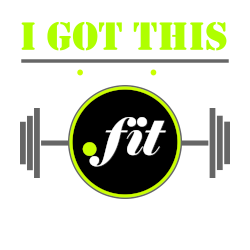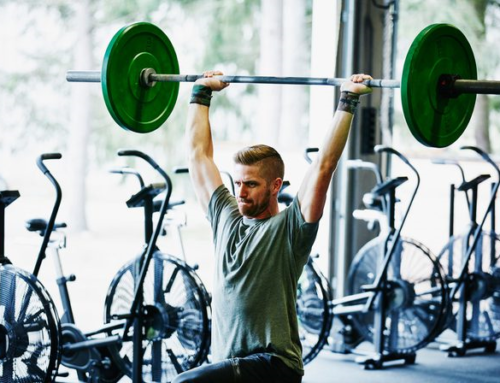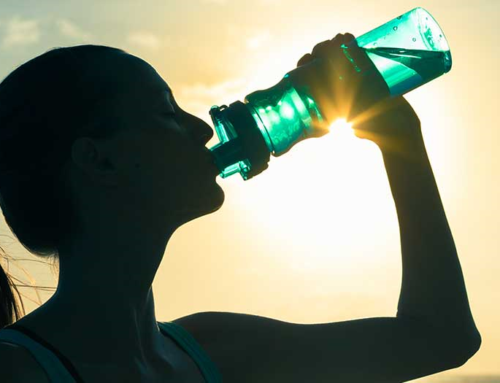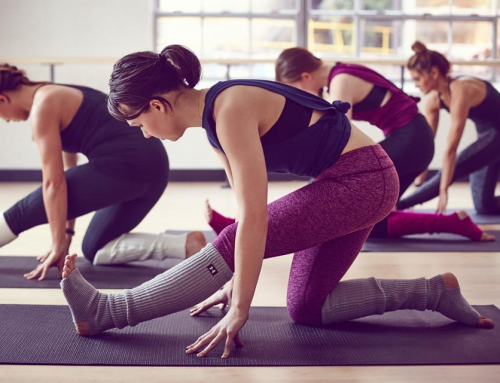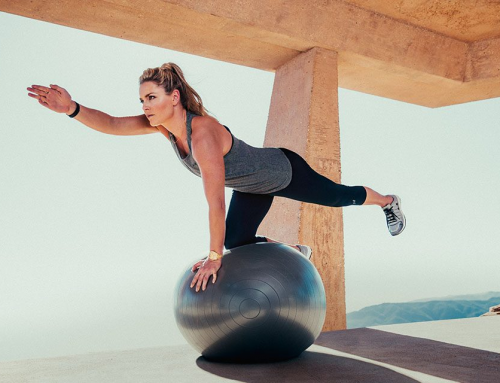When it comes to individual hydration regimens, it’s important to consider the various factors that influence intake, such as sweat rate, water lost through waste excretion, food and beverage consumption, metabolic water loss and any water lost through respiration. Yes, the very act of breathing causes water loss. Likewise, a person’s body size, weight, activity level and overall environment impact how much water he or she loses throughout a given day.During exercise and training, aim for a 1:1 fluid replacement to fluid loss ratio with the goal of avoiding a total weight loss of greater than 2%. Everyone sweats at different rates; therefore, try consuming 8-16 ounces of water each hour (on the higher end if it’s hot and humid). For prolonged exercise (greater than 90 minutes) try taking in an electrolyte solution to help maintain fluid balance and avoid over-hydration.
It is important to note, however, that infants, elderly and ill/feverish individuals, and those on certain medications (laxatives and diuretics), high level athletes involved in vigorous training, and anyone training and living in extreme temperatures will have increased fluid needs. A registered dietitian or other qualified professional can assist individuals in determining a regimen that will effectively meet their needs.
How Much is Too Much?
There are times when an individual can become “overhydrated” and enter a state of hyponatremia (low blood sodium level). This is most often seen in endurance athletes during extreme competition. If these athletes drink only water and don’t effectively replenish their electrolyte balance, they are at risk for this condition. The same is true for anyone exercising for a prolonged period of time (greater than four hours at a time) and drinking plain water. While this is a concern, the more common condition is dehydration. However, individuals must be mindful of the potential for risk either way.
What are the Signs of Dehydration?
A sensation of thirst is the first initial sign that the body is on its way to becoming dehydrated. Other signs and symptoms include:
- Headache
- Fatigue
- Concentrated and decreased urine
- Weight loss
- Increased heart rate and low blood pressure
- Dry mouth and eyes
- Constipation
- Lack of coordination
- Muscle cramps
- Extreme cases of dehydration will cause weakness, trembling and a lack of mental clarity.
The most effective way to monitor hydration status throughout the day is to monitor urine output. Urine should be a pale yellow. Anything darker may mean dehydration is setting in. Keep in mind that specific medications may affect the color of urine. Clients should check with their physicians or primary care providers about the side effects of any supplement or medication on hydration.
Are There Quality Alternatives to Water?
Life cannot be sustained without water. That said, daily water needs do not always need to be met through the consumption of plain water. Many foods and beverages possess hydrating properties that work to our benefit if integrated into the daily diet. In fact, it is possible to consume anywhere from 16 to 21 ounces of water if a diet is balanced and contains hydrating foods.
Some of the most hydrating foods are:
- Peaches (fresh, frozen or canned in natural juice)
- Grapes
- All types of melon
- Citrus fruits
- Strawberries
- Cucumbers
- Green beans
- Broccoli
- Celery
- Eggplant
- Cottage cheese
- Broth based soups
- Yogurt
- Milk
- Coffee/Tea
- Mixed greens
- Tomatoes
- Oatmeal
Sources of hydrating foods are not limited to the above listed items. Encourage your clients to be creative in combining foods to maximize water consumption. While certain foods can and do support daily hydration requirements, this is not to say drinking water throughout the day becomes unnecessary. Simply put, urge your clients to drink—and eat—adequate amounts of water every day.
Posted on December, 28 2016 By Dr. Erin Nitschke
